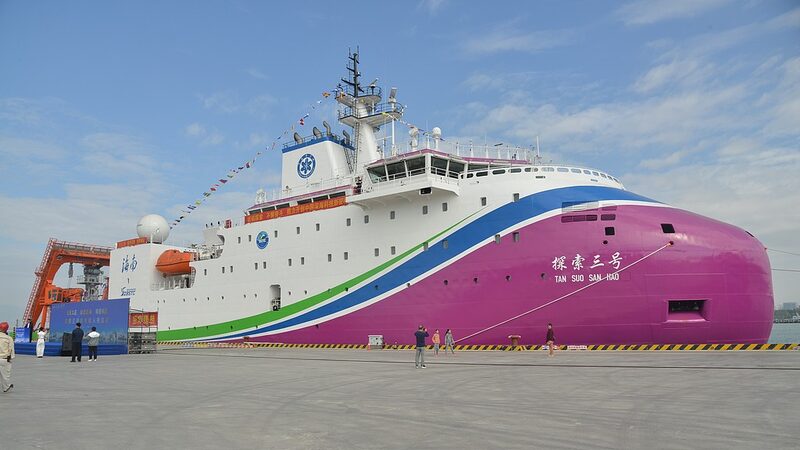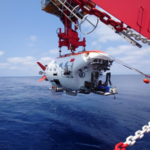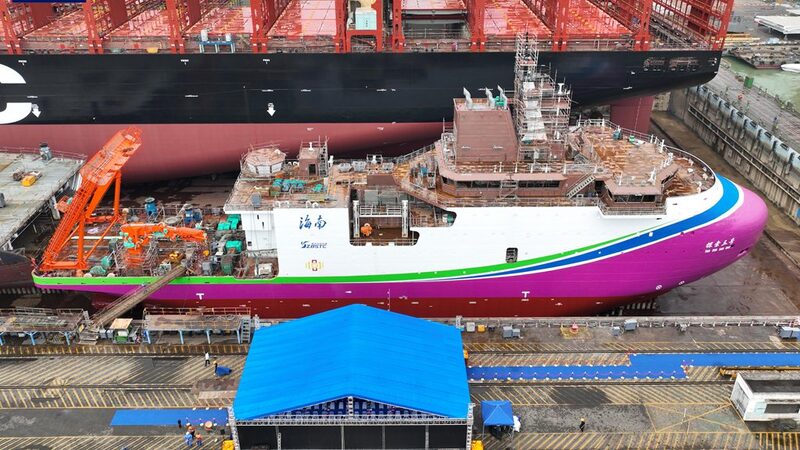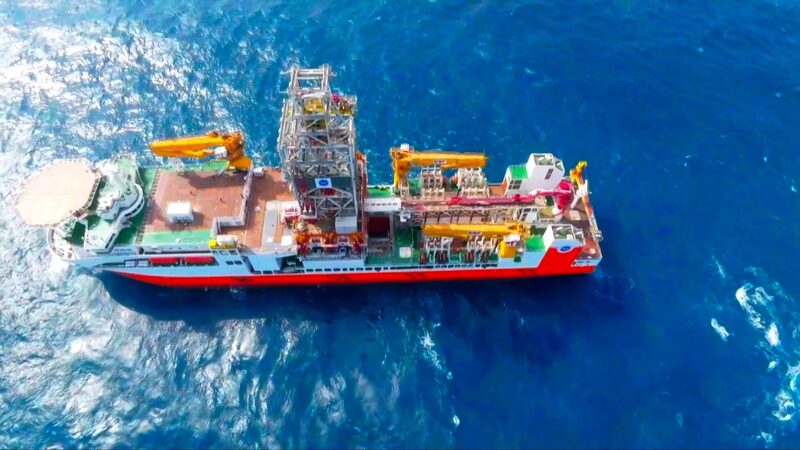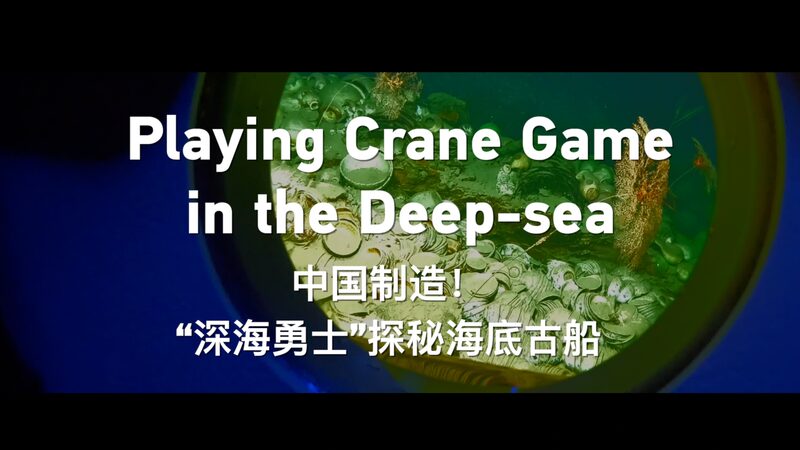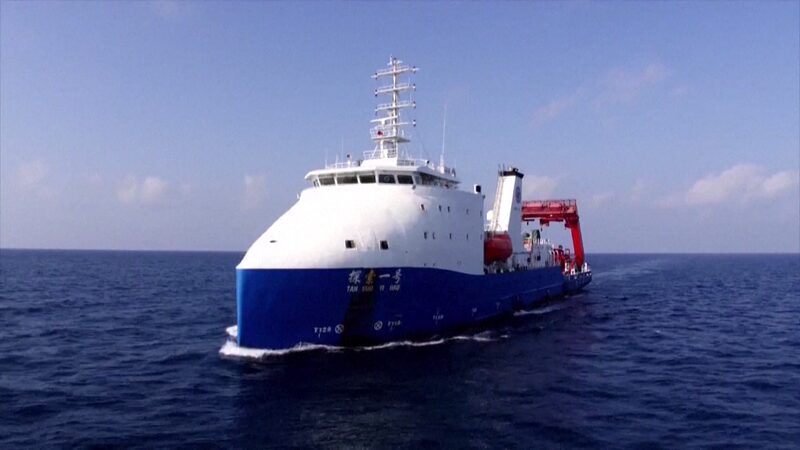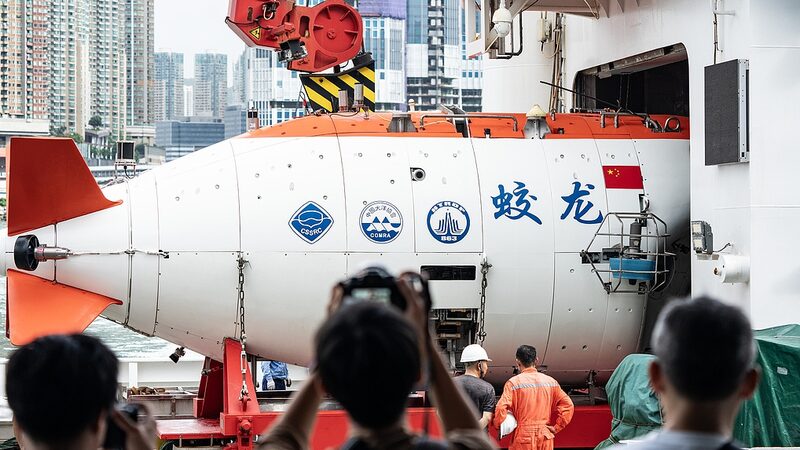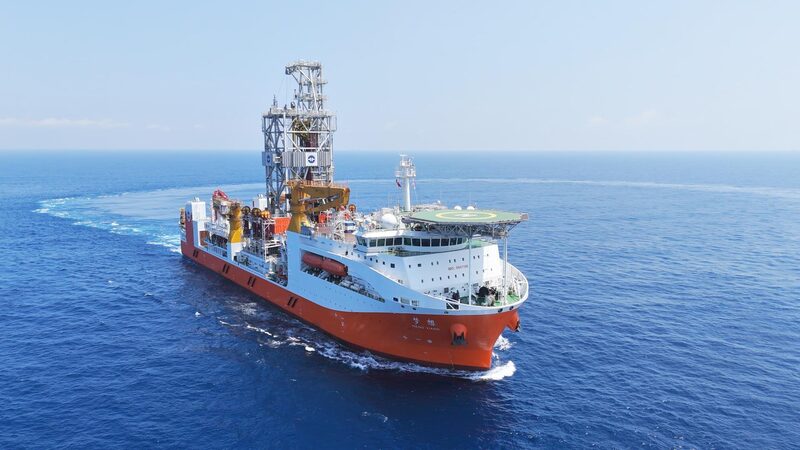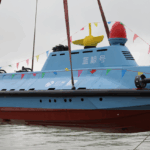China’s domestically developed deep-sea multi-functional scientific exploration and cultural relics archaeological ship, Tansuo-3 (Exploration-3), was commissioned in Sanya City of south China’s Hainan Province on Sunday. The vessel is set to undertake significant missions in 2025, marking a substantial advancement in the nation’s deep-sea exploration endeavors.
The commissioning of Tansuo-3 represents a significant expansion of China’s manned submersible capabilities, enabling scientific expedition teams to explore all sea areas. According to the schedule, the vessel will carry the full-ocean-depth Human Occupied Vehicle (HOV) known as Shenhai Yongshi (Deep Sea Warrior) for regular scientific research operations, deep-sea equipment trials, and deep-sea archaeology in the South China Sea in the first half of 2025.
In the latter half of next year, Tansuo-3 will commence manned deep-sea submersible operations in abyssal oceans, venturing into the deepest parts of the world’s seas. As China’s first comprehensive scientific research ship capable of conducting global deep-sea exploration, including polar regions, it can support manned deep diving in icy waters, significantly broadening the scope of oceanographic research.
Measuring 104 meters in length with a displacement of approximately 10,000 tonnes, Tansuo-3 was independently designed, developed, and built by China. It can sail at a maximum speed of 16 knots (around 30 kilometers per hour) and cover distances up to 15,000 nautical miles (around 27,780 kilometers) on a single voyage. The vessel can accommodate 80 crew members and is equipped with both forward and aft ice-breaking capabilities.
One of its notable features is a large moon pool measuring 6 meters by 4.8 meters—an opening at the base of the hull—that facilitates scientific exploration operations amid floating ice and challenging maritime conditions. The vessel’s commissioning signifies an important breakthrough in China’s autonomy in developing key core technologies, featuring not only domestically developed equipment but also independently developed key control systems.
The addition of Tansuo-3 to China’s fleet underscores the country’s commitment to advancing scientific understanding of the deep sea, contributing to global oceanographic research, and exploring the unknown depths of the world’s oceans.
Reference(s):
cgtn.com
